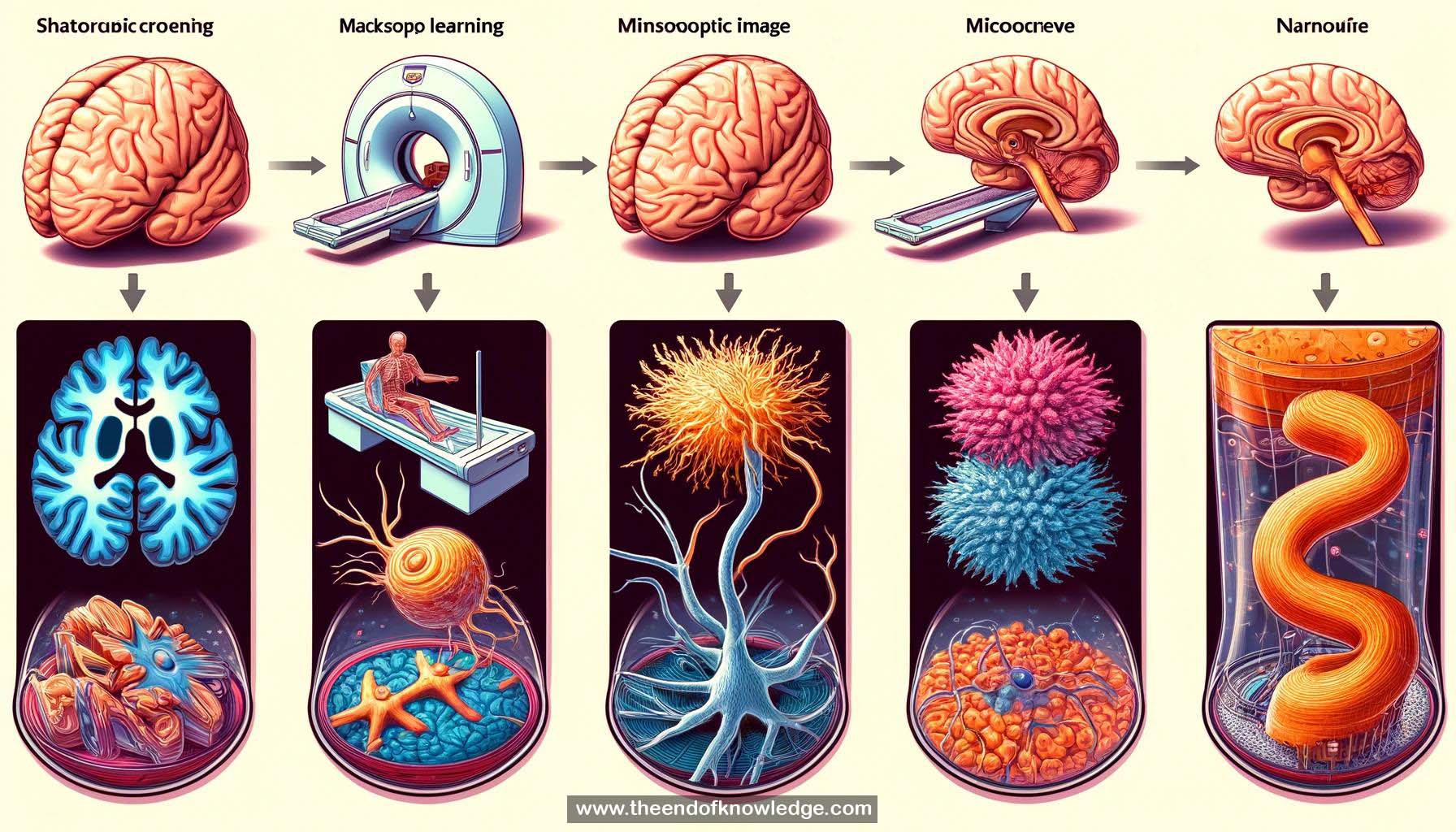 >
>
Concept Graph & Resume using Claude 3 Opus | Chat GPT4o | Llama 3:
Resume:
1.- Shape learning: Machine learning on data that are shapes, with each data point being one shape.
2.- Biomedical imaging: Studying biological structures through imaging techniques at various scales (organs to molecules).
3.- Shape and biology link: A biological structure's shape is linked to its function and health/disease state.
4.- Imaging techniques: MRI, microscopy, cryo-electron microscopy enable observing biological shapes at different scales.
5.- Biomedical questions: Research aims to answer questions about biological shape changes, e.g. brain atrophy in Alzheimer's.
6.- Shape reconstruction: Extracting shapes from images through algorithms like segmentation before analysis.
7.- Shape modeling/representation: Representing extracted shapes numerically in a computer for analysis.
8.- Manifolds: Generalizations of vector spaces that can be curved. Many shape representations give rise to manifolds.
9.- Shapes as manifolds: A shape itself can be a manifold (e.g. surface of an object).
10.- Shape spaces as manifolds: The space of all possible shapes of a certain type forms a manifold.
11.- Spaces of shape transformations as manifolds: Sets of shape motions or deformations can be modeled as manifolds.
12.- Generalizing statistics to manifolds: Traditional statistics don't apply on manifolds. Statistics must be generalized.
13.- Manifold geometry as inductive bias: Incorporating knowledge of shape space geometry can improve machine learning algorithms.
14.- Types of machine learning problems: Supervised, unsupervised, reinforcement learning, optimization - all can be generalized to manifolds.
15.- Manifold learning building blocks: Points, tangent vectors, geodesics, distances, exponential map - used to translate ML to manifolds.
16.- Vector space to manifold conversion: Translating ML building blocks allows converting many algorithms to manifolds.
17.- Geomstats package: Open-source Python package implementing manifold computations for manifold/geometric learning.
18.- Learning on Riemannian manifolds: Package supports various algorithms on Riemannian (metrizable) manifolds.
19.- Pose/transformation manifolds: Example manifold is SE(3) - the space of 3D rotations and translations.
20.- Numerical taxonomy of manifolds: Hierarchy/taxonomy of manifolds from abstract to concrete, implemented in geomstats.
21.- Manifold-adapted ML overview: Research aims to generalize ML algorithms across different manifolds.
22.- Dimension reduction on manifolds: Generalizing linear (PCA) and nonlinear (autoencoders) dim reduction techniques to manifolds.
23.- Geometric view of dim reduction: Finding principal subspaces within linear spaces or manifolds.
24.- Variational autoencoders (VAEs): Learn nonlinear latent subspace of data space assuming generative model.
25.- Generalizing VAEs to manifolds: Adapting VAE components (generative model, loss function) to manifold versions.
26.- Manifold VAE (mVAE) components: Exponential map replaces addition. Geodesic distance replaces Euclidean. Loss functions adapted.
27.- mVAE vs alternatives: mVAE faster than MCMC-based manifold dim reduction method.
28.- mVAE explains VAE latent space curvature: Manifold perspective shows why VAEs tend to learn flatter latent spaces.
29.- Overall shape analysis pipeline: Shape extraction, modeling, computing on manifolds, generating insights.
30.- Ongoing research: Further generalizing ML to manifolds, applying to biomedical shape data.
Knowledge Vault built byDavid Vivancos 2024